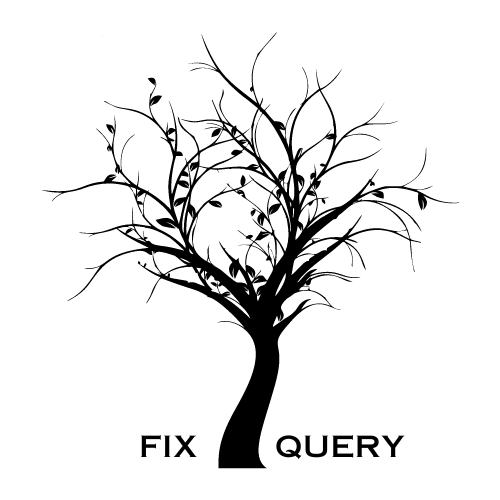Learn More About Legal Documents, How To Read Legal Documents, Importance, Significance, And Other More Information
Legal documents play a crucial role in our society, governing various aspects of our lives and ensuring that laws and regulations are upheld. However, for those without a legal background, deciphering the complex language and structure of these documents can be a daunting task.
How To Read Legal Documents Guide
In this article, we will provide you with a comprehensive guide on how to read legal documents, understand their significance, and navigate through their intricate details.
The Significance of Legal Documents
Legal documents are written agreements or texts that outline the rights, obligations, and responsibilities of individuals, organizations, or governments. They serve as a foundation for legal proceedings, contracts, statutes, regulations, and other legal instruments. These documents are meticulously crafted to ensure clarity, precision, and enforceability.
Understanding legal documents is essential for various reasons:
- Protection of Rights: Legal documents safeguard our rights and provide a framework for resolving disputes. By comprehending these documents, individuals can better protect their interests and make informed decisions.
- Compliance with the Law: Legal documents outline the laws and regulations that govern specific activities or industries. By understanding these documents, individuals and organizations can ensure compliance and avoid legal pitfalls.
- Contractual Agreements: Many legal documents, such as contracts, govern the relationships between parties. By reading and understanding these documents, individuals can negotiate and enter into agreements with clarity and confidence.
How To Read Legal Documents
Reading legal documents requires a systematic approach and attention to detail. Here are some essential steps to help you navigate through these texts:
- Read Carefully: Legal documents are often dense and complex. Take your time to read each section carefully, paying attention to the wording, definitions, and key terms. It is crucial to understand the precise meaning of each provision.
- Break it Down: Legal documents are usually divided into sections, articles, and clauses. Break down the document into smaller parts to grasp the overall structure and organization. This will make it easier to analyze and interpret each component.
- Identify Definitions: Legal documents often contain specific definitions that may differ from their common usage. Pay close attention to these definitions, as they can significantly impact the interpretation of the document.
- Take Notes: As you read, make notes of key points, questions, or areas that require further clarification. This will help you summarize and analyze the document more effectively.
- Consult Legal Resources: If you encounter unfamiliar terms or concepts, consult legal dictionaries, online resources, or seek professional advice. Understanding the legal jargon is crucial for accurate interpretation.
- Consider Context: Legal documents are influenced by the broader legal framework and the specific circumstances in which they were created. Consider the context in which the document was drafted to gain a deeper understanding of its purpose and implications.
Key Elements of Legal Documents
Legal documents often contain specific elements that serve distinct purposes. Understanding these elements will facilitate your comprehension of the document. Here are some common elements:
- Preamble: The preamble sets out the purpose, background, and context of the document. It provides an overview of the document’s objectives and the parties involved.
- Definitions: Legal documents frequently include a section that defines key terms used throughout the text. These definitions clarify the intended meanings of specific words or phrases.
- Operative Clauses: The operative clauses outline the rights, obligations, and actions to be taken by the parties involved. These clauses form the core of the document and specify the desired outcomes or requirements.
- Conditions and Limitations: Legal documents often include conditions and limitations that must be met for the document to be valid or enforceable. These provisions define the boundaries and requirements for compliance.
- Remedies and Penalties: In the event of a breach or non-compliance, legal documents may specify remedies or penalties. These provisions outline the consequences and actions that can be taken to address violations.
- Signature and Execution: Legal documents usually require the signatures or execution of the involved parties to indicate their agreement and consent. This finalizes the document and makes it legally binding.
Seeking Professional Assistance
While this guide provides a foundation for reading legal documents, it is important to recognize that legal texts can be highly complex and vary depending on the jurisdiction and subject matter. If you are dealing with critical legal matters or require precise interpretation, it is advisable to seek professional legal assistance. Lawyers and legal experts have the expertise and experience to navigate through intricate legal documents and provide accurate guidance.
Reading legal documents may seem challenging at first, but with patience, attention to detail, and a systematic approach, you can develop the skills necessary to understand and interpret these texts. By gaining proficiency in reading legal documents, you empower yourself to make informed decisions, protect your rights, and navigate the complex legal landscape.
This is all about How To Read Legal Documents
Click Here To Know More About How To Read Legal Documents
Click Here To Know About How To Draft Legal Documents
[How To Read Legal Documents, How To Read Legal Documents, How To Read Legal Documents]
